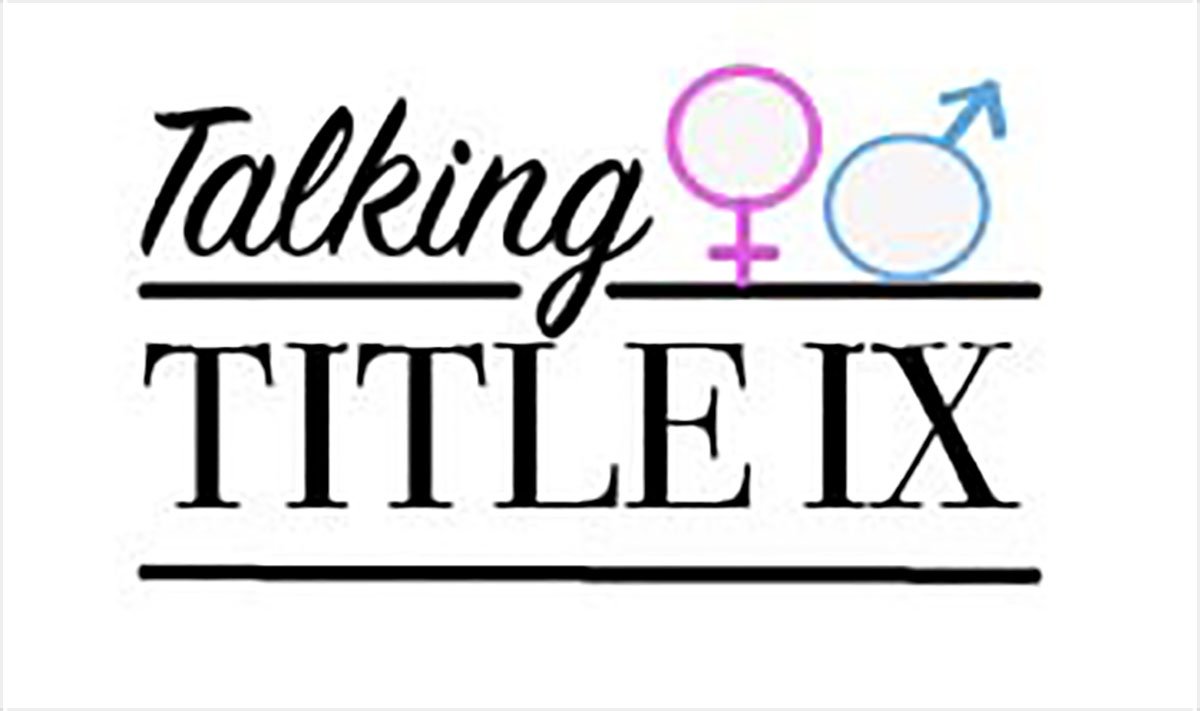Talking Title IX
Understanding the benefits of the sports equity enactment
More stories from Nicole Bellford
From the age of 7, I have been a competitive swimmer. What began as just another activity I joined to follow in my big sister’s footsteps quickly became a passion I couldn’t get enough of. As a swimmer, I have dedicated hours upon hours of my time and effort to this sport. I truly don’t think I would have grown into the same young woman I am today if it wasn’t for those countless years spent in a stuffy, chlorinated pool alongside beloved coaches and teammates.
Swimming has taught me perseverance, dedication and strength. This sport has taught me to push through adversity to achieve success. I have developed a sense of hard work and commitment to reach a common goal for more than just my own personal gain.
Being on multiple swim teams throughout my life, including the UW-Eau Claire Division III team, I have had the pleasure of representing my institutions with pride and gaining teammates who became lifelong friends. I am forever grateful for the blessings this sport has provided.
It is both shocking and painful for me to comprehend that 50 years ago, young women across the nation didn’t receive a single one of these blessings.
Until Title IX was enacted in 1972, federally funded institutions within the United States were not required to offer athletic programs for females. This legal document drastically changed the realm of sports for young women.
According to the National Coalition for Women and Girls in Education (NCWGE), during the 1971-1972 academic year, less than 300,000 girls participated in high school sports. By 2010, however, this number increased tenfold to 3.2 million, as females accounted for 41 percent of all high school athletes.
In terms of collegiate sports, the NCWGE reports less than 30,000 women participated in collegiate athletics and received less than 2 percent of federally funded institutions’ athletic budgets in 1972. Flashing forward to 2010, participation soared to 190,000 female college athletes, and women’s NCAA programs received 48 percent of the total athletic scholarship dollars available at Division I institutions.
Clearly, this legal enactment helped increase women’s athletic involvement exponentially. However, Title IX’s benefits are prevalent both on and off the playing field. The document has provided gains for not just females, but society overall.
The NCWGE states research has found women involved in sports are less likely to engage in drugs and alcohol than those who don’t play sports, and more likely to graduate high school and go to college.
In addition, athletic involvement decreases the likelihood of developing obesity, heart disease, osteoporosis and certain forms of cancer, according to a study conducted by the University of Missouri. These types of benefits have no doubt provided positive social and financial impacts on society over the last 45 years.
Overall, I want to emphasize how important this document is and how vital of a role it has played in not just the realm of female athletics, but in American society. As I investigate this legal enactment further, I want to make it clear I would never support repealing the document altogether.
Is Title IX flawed? Certainly. Is it properly enforced? Definitely not. Is change necessary? Sure. However, Title IX is valuable. It has provided young women like me with countless opportunities, and no one should disregard the progress it has paved for society.
Next week, I will dive into the first primary flaw of Title IX — compliance.


